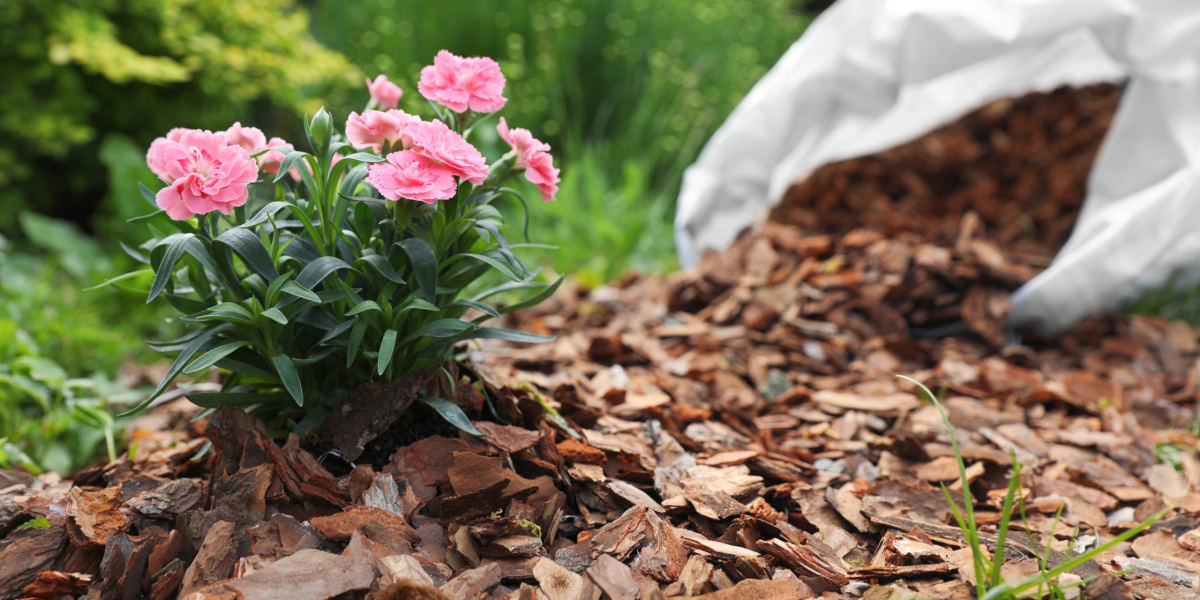As winter approaches, San Antonio homeowners might face the occasional cold snap that can damage or kill unprotected plants. Even though Texas winters are generally mild, freezing temperatures can catch gardeners off guard. Protecting your plants from freezing weather is crucial for maintaining a healthy and beautiful landscape. Here are practical tips to safeguard your greenery when temperatures dip.
1. Know Your Plants’ Vulnerabilities
Some plants are hardier than others when it comes to cold weather. Identify which plants in your garden are most susceptible to freezing temperatures. Tropical plants, young saplings, and container plants are especially vulnerable.
Consider moving potted plants indoors or placing them in a garage or sheltered area during frosty nights.
2. Use Mulch as Insulation
Mulch is your first line of defense against cold weather. Adding a layer of mulch around the base of your plants helps insulate their roots, which is critical for their survival. Use organic materials like wood chips, pine needles, or straw, which provide an effective barrier against the cold while retaining soil moisture.
3. Cover Your Plants
When a freeze warning is issued, cover your plants with lightweight fabric, such as frost cloth, bed sheets, or burlap. These materials allow air to circulate while protecting your plants from frost. Avoid using plastic, as it can trap moisture and cause ice to form on your plants.
Make sure the covering reaches the ground to trap heat from the soil. Secure the edges with bricks or stakes to prevent the cover from blowing away in the wind.
4. Water Before the Freeze
Hydrated plants are better equipped to survive freezing weather. Watering your plants a day or two before a freeze helps the soil retain heat, which can protect the roots. However, avoid overwatering, as excessively wet soil can lead to root rot.
5. Bring in Container Plants
Container plants are particularly vulnerable to freezing temperatures because their roots are more exposed to the cold. Bring them indoors or to a sheltered location like a porch or garage during freezing weather.
If moving the plants isn’t an option, group them together and cover them with a frost cloth for added protection.
6. Prune Wisely
Avoid pruning your plants just before freezing weather, as this can make them more susceptible to damage. Dead or damaged leaves and stems can act as a natural barrier against frost, protecting the healthy parts of the plant.
Save heavy pruning for late winter or early spring, when the risk of frost has passed.
7. Create a Wind Barrier
Cold winds can dry out plants and exacerbate freezing damage. Use temporary barriers such as screens, tarps, or even stacked hay bales to shield your plants from the wind. Position the barrier on the side of the prevailing wind for maximum effectiveness.
8. Keep an Eye on the Forecast
San Antonio winters can be unpredictable, with sudden drops in temperature. Stay vigilant by monitoring local weather forecasts, especially during December and January when freezes are most likely. Acting quickly when a freeze warning is issued can make all the difference in protecting your plants.
Final Thoughts
Protecting your plants from freezing weather doesn’t have to be complicated. With a little preparation and care, your San Antonio landscape can thrive even during the coldest months. If you need professional help with winterizing your garden or maintaining your landscape, Lawn DR Landscaping is here to assist.
Contact us today to schedule a consultation and keep your outdoor space looking its best year-round!

